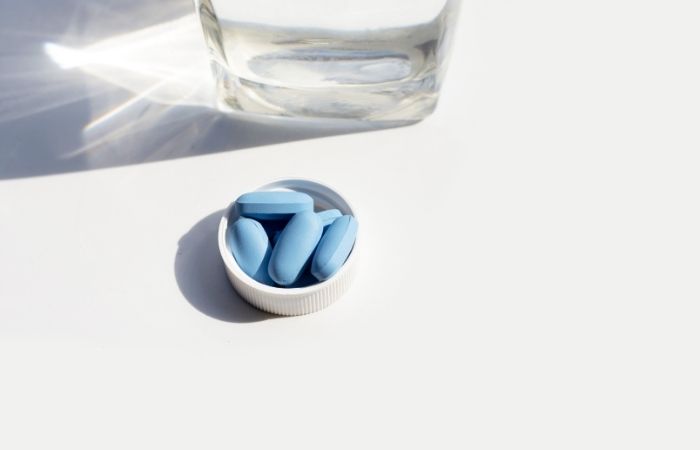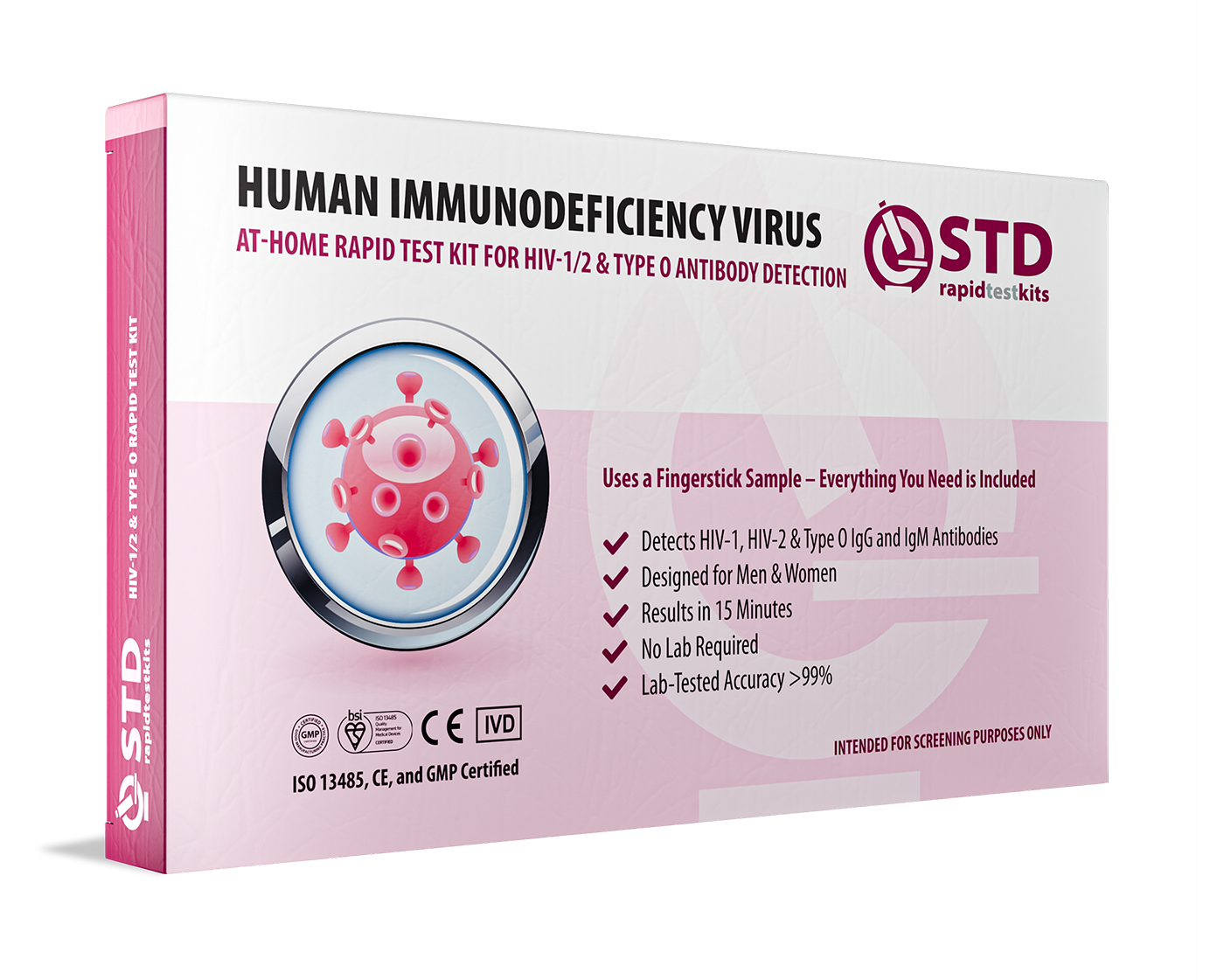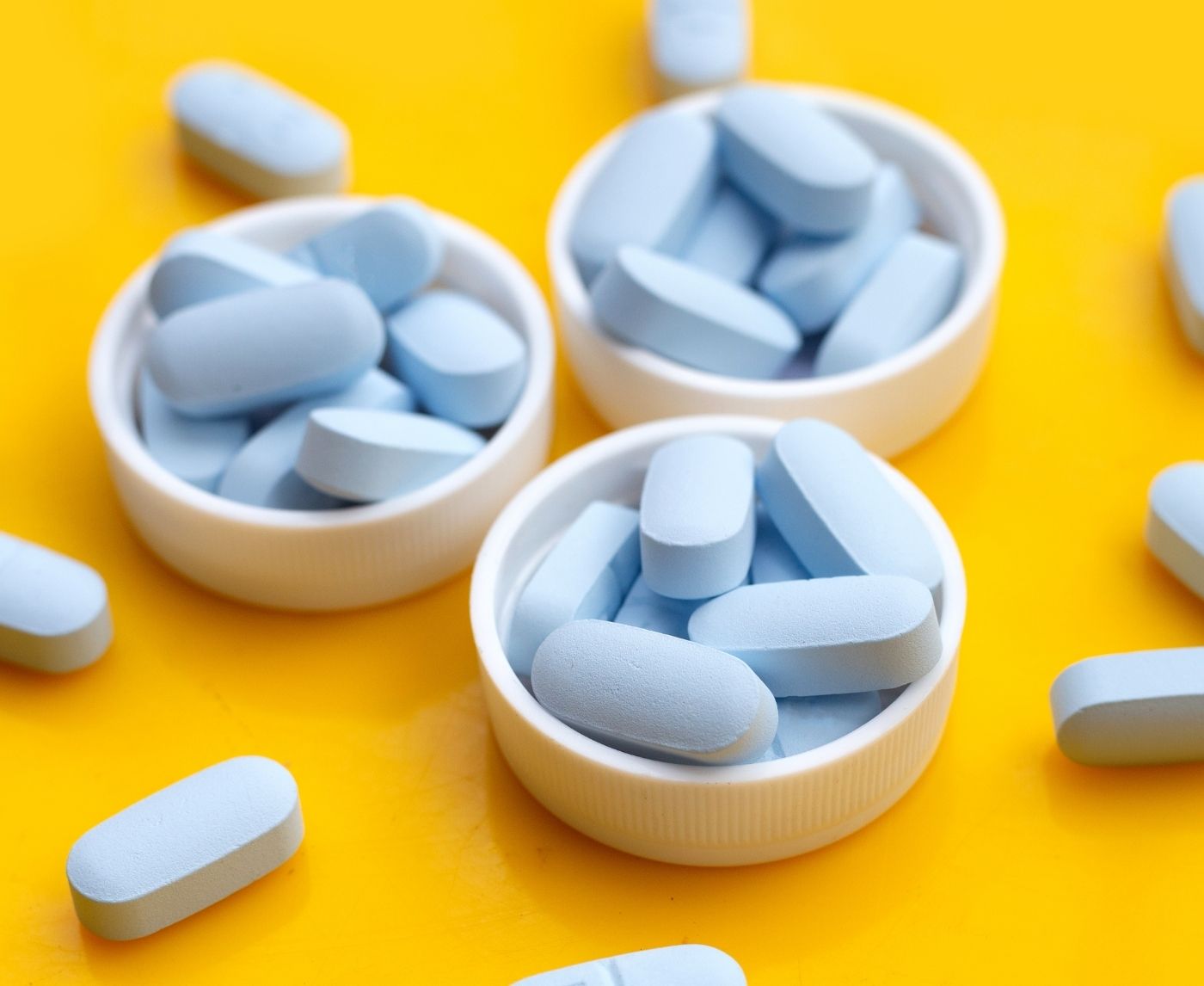Should You Be Tested for STDs After Being Sexually Assaulted?
Quick Answer
PEP (Post-Exposure Prophylaxis) is a medication regimen that can prevent HIV infection after a high-risk exposure, but it must be started within 72 hours. It's not a morning-after pill for all STDs, but for HIV, it’s your best emergency line of defense.
What Is PEP, Really?
Think of PEP like a fire extinguisher, something you use when prevention didn’t go as planned. It’s a 28-day course of antiretroviral medications, designed to stop HIV from taking hold in your body after a possible exposure. It’s used by:
- People who had unprotected sex with someone who may have HIV
- Survivors of sexual assault
- Healthcare workers with needle-stick injuries
- Anyone who had condom failure or other exposure events
But this isn’t a casual decision. PEP is powerful, but it’s not gentle. It comes with side effects, strict schedules, and emotional weight. Still, when the stakes are high, it can be life-saving.

People are also looking for: Which STDs are most commonly transmitted in sex work?
The 72-Hour Rule: Why Timing Is Everything
Here’s the hard truth: PEP only works if you start it within 72 hours of exposure. Sooner is better, ideally within the first 2 hours. After 72 hours, it’s no longer effective, because the HIV virus may have already integrated into your system.
Why 72 hours?
Because that’s roughly how long it takes HIV to go from “visitor” to “resident” in your immune cells. PEP floods the system with medication before the virus can establish itself.
If you’re on the fence, act first, you can always stop PEP later if it turns out you didn’t need it. But if you wait too long, the option is gone.
What Happens When You Ask for PEP?
So you walk into an urgent care center or sexual health clinic and say the words: “I think I might need PEP.” What next?
You’ll usually go through:
- A risk assessment: They’ll ask about what happened, when it happened, and who it involved
- Baseline HIV test: You must be HIV-negative to start PEP
- Prescription: A 28-day supply of antiretroviral drugs, usually a combo like tenofovir/emtricitabine with raltegravir or dolutegravir
- Follow-ups: Expect repeat HIV tests at 4-6 weeks and again at 3 months
Some clinics may stock PEP on-site. Others might send you to an emergency room. In most areas, PEP is free or low-cost for emergency cases, especially after assault.
Order Now $33.99 $49.00 Check Your STD Status in Minutes
Test at Home with Remedium
HIV Rapid Test Kit




PEP Isn’t Just for HIV, But It’s Not for Every STD Either
Let’s bust a myth: PEP doesn’t prevent Chlamydia, Gonorrhea, Syphilis, or Herpes. It’s specific to HIV. That said, the healthcare provider who gives you PEP will likely test you for all major STDs and offer preventive treatment for others too.
You might walk away with:
- Doxycycline to prevent Bacterial STDs (experimental, but promising)
- Hepatitis B vaccine or booster if your status is unclear
- Emergency contraception if pregnancy is a concern
Bottom line? PEP is the first step, not the only step. That’s where full STD screening comes in. → Get clarity fast with an at-home HIV and STD screening kit
Side Effects, Myths, and Emotional Whiplash: The Hidden Cost of PEP
PEP is safe, but it isn’t always easy.
The most common side effects feel like a bad flu that overstays its welcome. We’re talking nausea, fatigue, headaches, insomnia, and stomach cramps. Some people describe it as “feeling like a zombie for two weeks,” while others barely notice a thing. Your body, your mileage.
And then there’s the emotional rollercoaster. Taking PEP can stir up shame, fear, or even PTSD, especially for those navigating trauma, like sexual assault survivors or people with a history of stigma around their sexuality.
Let’s be real: the mental side effects often hit harder than the physical ones. But support is available, and worth leaning into.
The Stats Don’t Lie: Why PEP Matters
You might be wondering, does it actually work? The answer: yes, when taken properly.
- PEP is 80–90% effective at preventing HIV infection when started within 72 hours
- Most failures happen because people start too late or don’t finish the full 28 days
- In occupational exposures (like needlesticks), PEP has a track record of near-complete protection
A landmark study in Clinical Infectious Diseases found that non-adherence was the #1 reason for failure. That’s why follow-up, support, and clear guidance matter just as much as the pills themselves.

People are also looking for: Can women get infected with STDs from anal sex?
“I Thought I Was Safe”: Stories From the PEP Line
Brandon, 27, Miami
“I was on vacation and met a guy at a club. We hooked up, and the condom broke, but we were both drunk and didn’t realize until it was over. The next morning I freaked. My friend told me about PEP. I had to go to two urgent care clinics before one would prescribe it. The meds made me feel like hell, but I finished it. I tested negative three months later. I don’t regret it.”
Maria, 33, Toronto
“I took PEP after I was sexually assaulted. The hospital gave me a starter pack and a referral to a clinic. Honestly, the meds were the easiest part. The hard part was everything else. But the nurse who gave me PEP made me feel like I had control again. That mattered.”
These stories aren’t rare, they’re reality. And they speak to the dual power of PEP: medical protection, and psychological healing.
What’s Next for PEP? Future-Proofing STD Management
Researchers are pushing the boundaries of what PEP can do.
- Longer window? Some early-stage research suggests extending the 72-hour limit, but for now, that’s still experimental.
- One-dose PEP? Trials are underway to see if simplified regimens could work for certain exposures, similar to “PEP-Lite” protocols for very low-risk cases.
- DoxyPEP: A new buzzword in sexual health. This involves using doxycycline within 72 hours of sex to reduce bacterial STDs like Chlamydia and Syphilis. Not a replacement for HIV PEP, but potentially a powerful combo.
The future? Integrated post-exposure kits that cover HIV, bacterial STDs, and mental health support. It’s not here yet, but we’re getting closer.
Check Your STD Status in Minutes
Test at Home with Remedium7-in-1 STD Test Kit

 For Men & Women
For Men & Women Results in Minutes
Results in Minutes No Lab Needed
No Lab Needed Private & Discreet
Private & DiscreetOrder Now $129.00 $343.00
For all 7 tests
Real-World Steps: What to Do If You Think You Need PEP
Let’s make this simple, but not dumbed down.
- Clock the time. Exposure? Note exactly when it happened. You’ve got 72 hours, max.
- Get tested now. Start with an HIV test, rapid, lab, or self-test.
- Find a provider. Urgent care, ER, sexual health clinic, or in some places, telehealth.
- Start the meds. Don’t delay. Every hour counts.
- Complete the course. 28 days. No exceptions unless a provider tells you otherwise.
- Retest. HIV tests at 6 weeks, 3 months, and 6 months (depending on the provider).
Can’t get into a clinic? → Use a Complete STD Home Test Kit to screen quickly, then bring your results to a provider to discuss next steps.
Clearing the Confusion: Common Myths About PEP
Let’s break down some of the most persistent misunderstandings:
Myth: PEP is a backup plan for unsafe sex.
No. It’s not meant to replace condoms or PrEP. PEP is emergency care, not routine protection.
Myth: You can take PEP anytime after exposure.
False. 72 hours is the absolute cutoff, and earlier is better.
Myth: PEP protects you from all STDs.
Not even close. It only prevents HIV. You’ll need full STD testing to rule out other infections.
Myth: If PEP fails, you’ll know right away.
HIV testing doesn’t show results immediately. You’ll need follow-up testing over 3–6 months to confirm you’re clear.
People are also looking for: Can one get STDs from oral sex while overseas?
After the Pills: Mental Health and Recovery Matter Too
You took the meds. You waited the weeks. The tests came back clean. But you're still spiraling.
Welcome to the aftershock of sexual health panic. It’s not just about being negative, it’s about feeling safe again.
You might feel:
- Guilty or reckless
- Angry at a partner who didn’t disclose
- Numb, hyper-aware, or scared of sex again
This is normal. And treatable. Consider:
- Therapy or trauma counseling, especially after assault or chemsex experiences
- Sex-positive support groups online or locally
- Routine STD testing as a form of emotional insurance
Recovery isn’t just viral, it’s psychological. → STD Rapid Test Kits lets you test from home, privately, and as often as you need.
FAQs
1. Can I get PEP without going to a hospital?
Yes, many urgent care clinics, telehealth providers, and sexual health centers can prescribe PEP within the 72-hour window.
2. Is PEP the same as the morning-after pill?
No. PEP is for HIV, not pregnancy. But both are time-sensitive emergency treatments after exposure.
3. Does PEP cure HIV if I already got it?
No. PEP prevents infection, it’s not a treatment for people who are already HIV-positive.
4. How long does PEP treatment last?
It’s a 28-day course of antiretroviral medication.
5. Can I drink alcohol while on PEP?
Technically yes, but it may intensify side effects like nausea or dizziness.
6. Will PEP affect my future HIV test results?
It won’t make you test positive, but it can delay seroconversion, so follow-up testing is critical.
7. Do I need a prescription for PEP?
Yes. PEP isn’t available over the counter and must be prescribed by a healthcare provider.
8. Is PEP safe during pregnancy?
Yes. It’s often given to survivors of assault or people exposed during pregnancy and is considered safe under medical supervision.
9. Can I start PEP and then stop midway?
Stopping early reduces effectiveness and increases risk. Complete all 28 days unless a doctor advises otherwise.
10. Is there a home version of PEP?
Not yet. But you can use home test kits to monitor for HIV and STDs after exposure, especially while waiting for follow-up care.
You Deserve Peace of Mind
If you’re asking “Do I need PEP?”, you’re already doing the brave thing, facing the fear instead of avoiding it. Whether your risk was real or just a scare, you deserve answers, access, and compassion. PEP isn’t a punishment. It’s protection. And while it won’t erase the anxiety overnight, it gives your body a fighting chance, and your mind a little more peace.
Sources
1. Clinical Guidance for PEP – CDC
2. Post-Exposure Prophylaxis (PEP) Fact Sheet – NIH / HIVinfo
3. Post-Exposure Prophylaxis – HIV.gov
4. PEP to Prevent HIV Infection – Clinical Guidelines (HIVguidelines.org)
5. Post-Exposure Prophylaxis (PEP) Overview – aidsmap
6. Sexual Assault Infectious Disease Prophylaxis – StatPearls / NCBI










